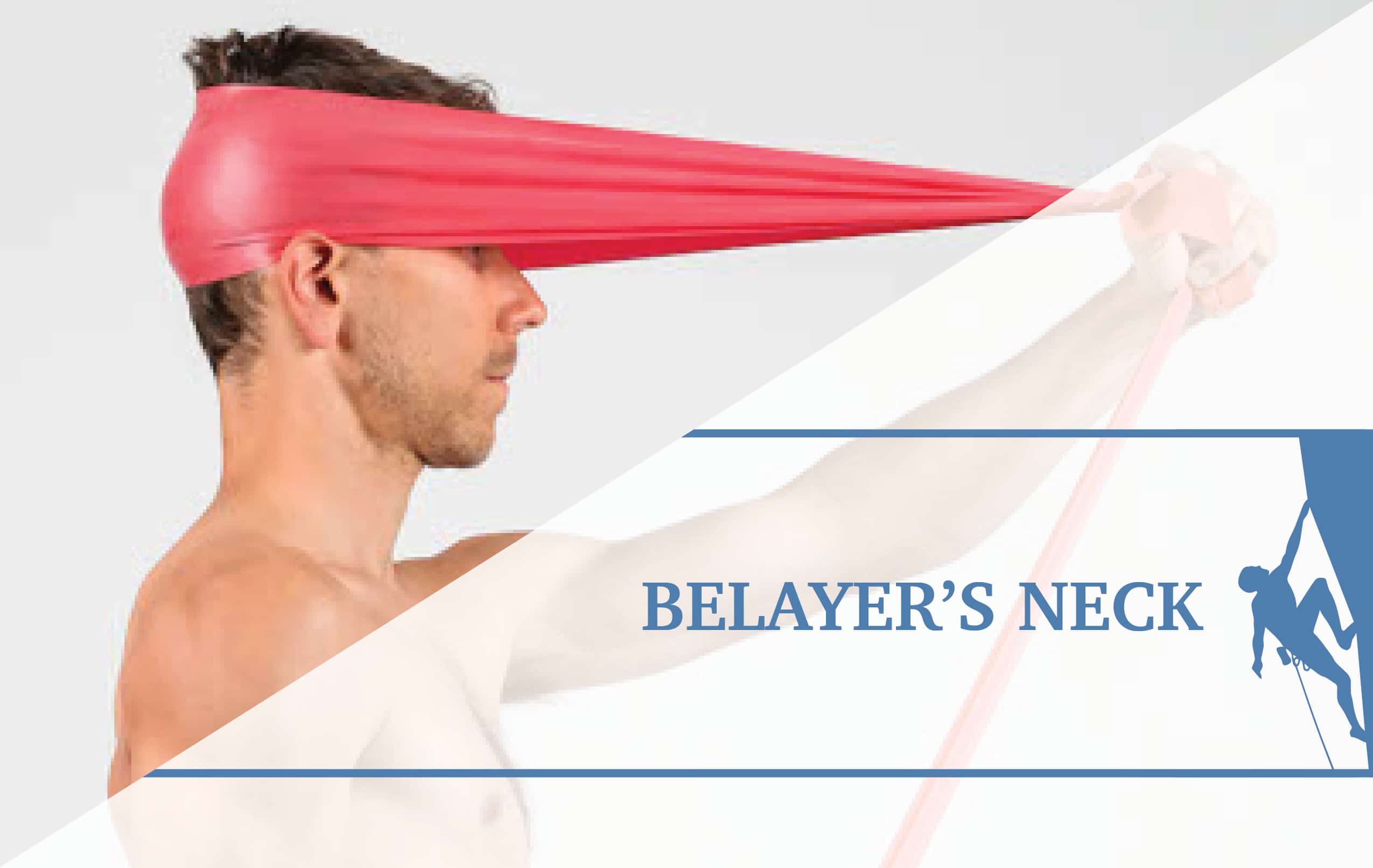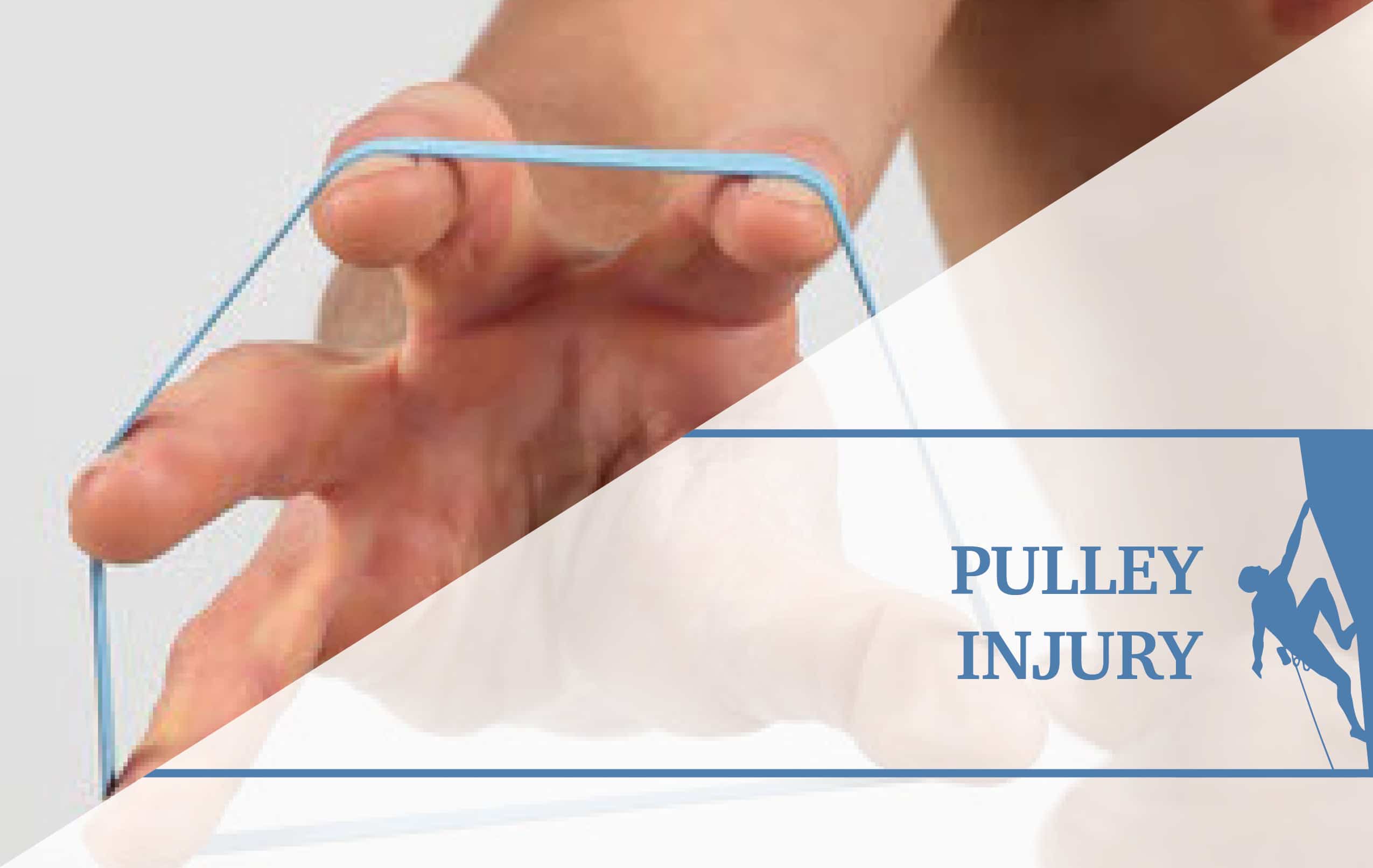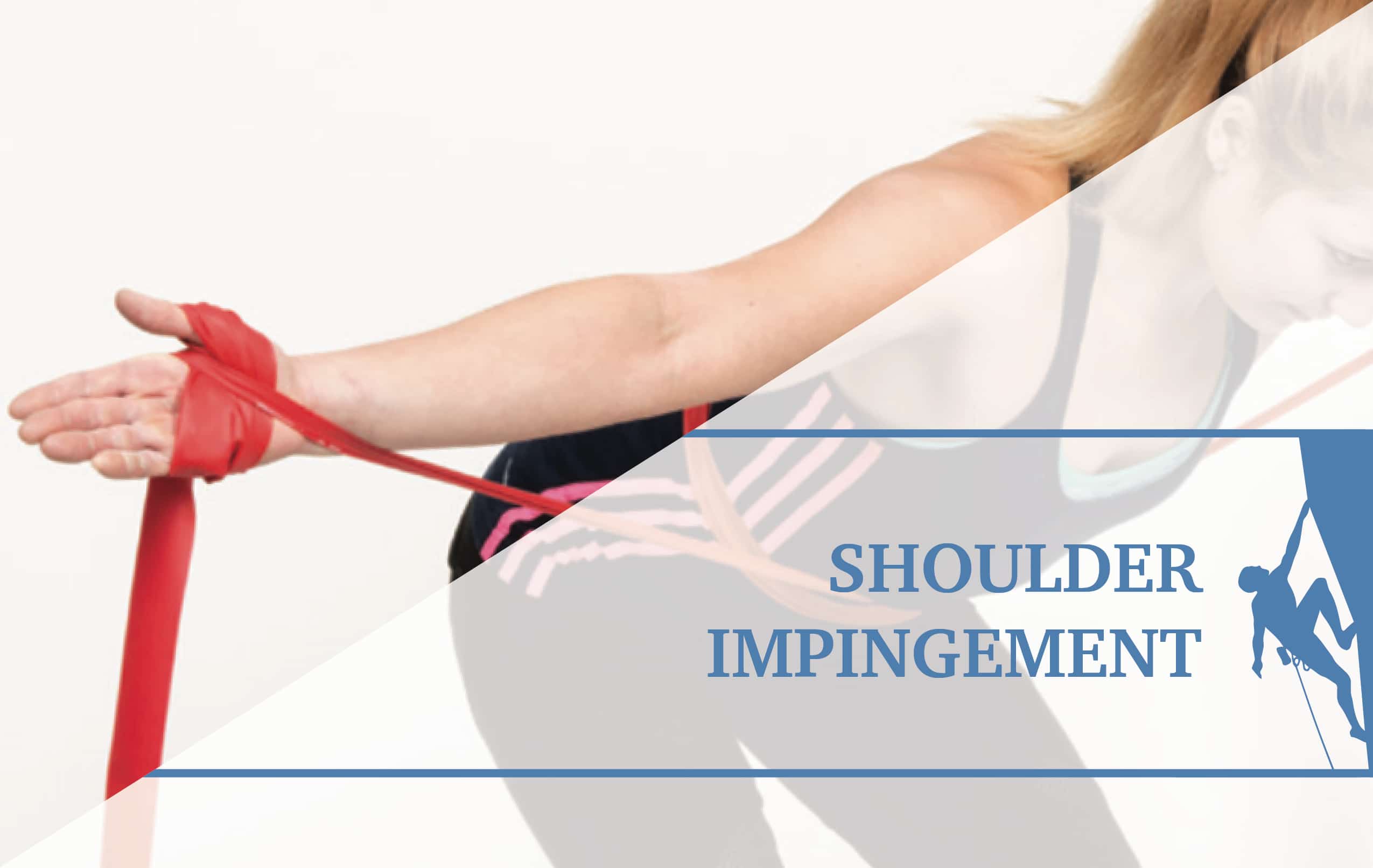Climbing Injury Prevention – Medial Epicondylosis (Golfer’s Elbow)
![]()
Cause
There are five muscles in the forearm that flex the wrist and fingers. The muscles all share a common tendon on the inside of the forearm. When you climb, you are constantly overworking the finger and wrist flexors by gripping. The repetitive action of constantly flexing your fingers and wrist can lead to degeneration of the shared tendon as it inserts into the bone. You should be aware of dangerous movements that can increase the stress on the finger and wrist flexors tendon and eventually lead to pain and injury. These movements include over-gripping, gripping with a flexed hand and your hips sagging too far away from the wall.
Instructions
A. Grasp the handle of a hammer with your elbow at your side and bent to 90 degrees. Keep your palm facing down and slightly flexed.
B. Rotate the hammer upward until the hammer is perpendicular to the ground.
What It Does
Strengthens your wrist extensors and supinators, which are the antagonists muscles for your wrist flexors and pronators. Your wrist flexors and pronators attach to your medial epicondyle. Strengthening the antagonist muscles helps take stress off the medial epicondyle.
Frequency
3 sets of 15 repetitions once per day.
Jonathan Sigrsit Medial Epicondylosis – Golfer’s Elbow A
Jonathan Sigrsit Medial Epicondylosis – Golfer’s Elbow A



